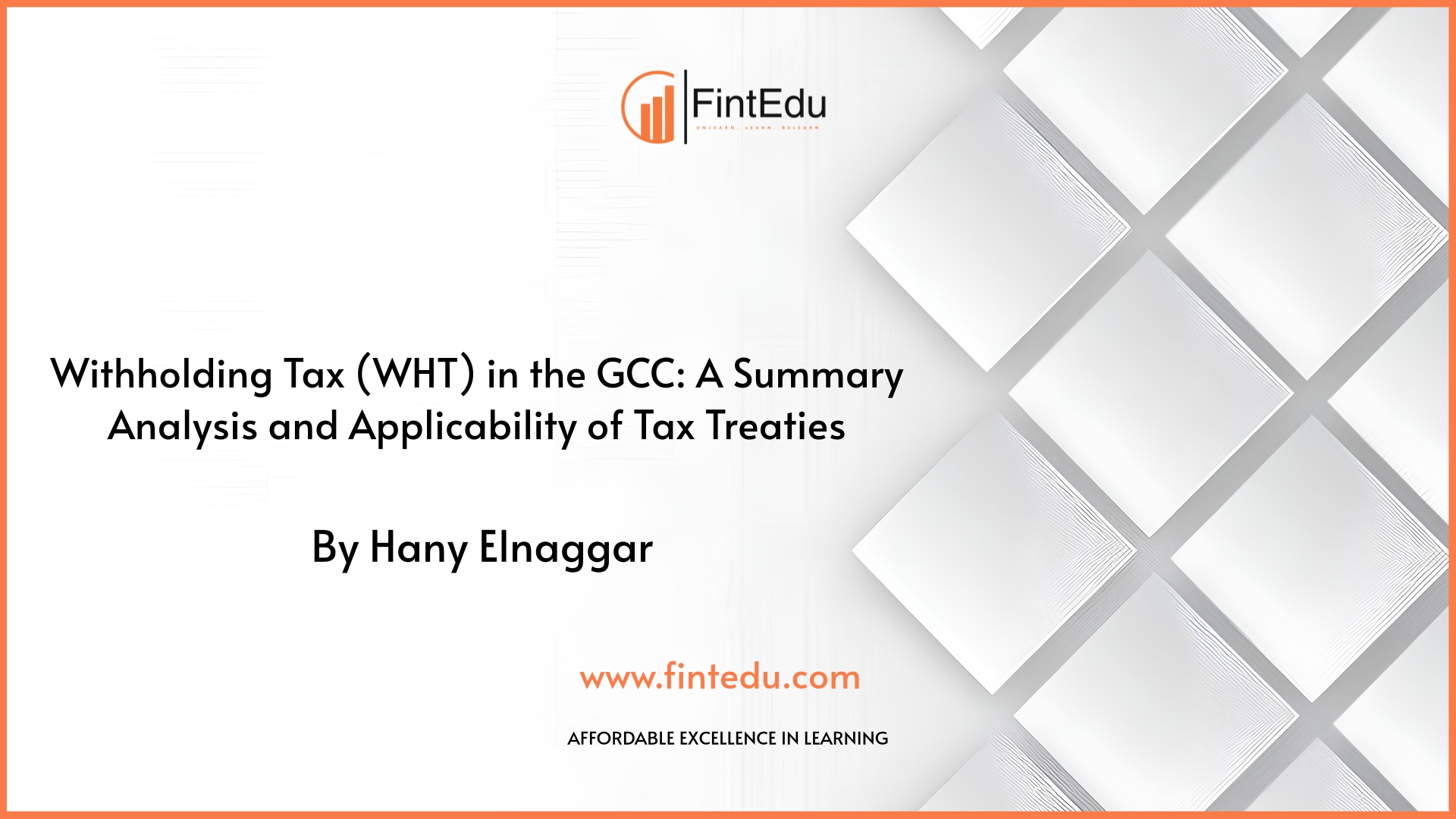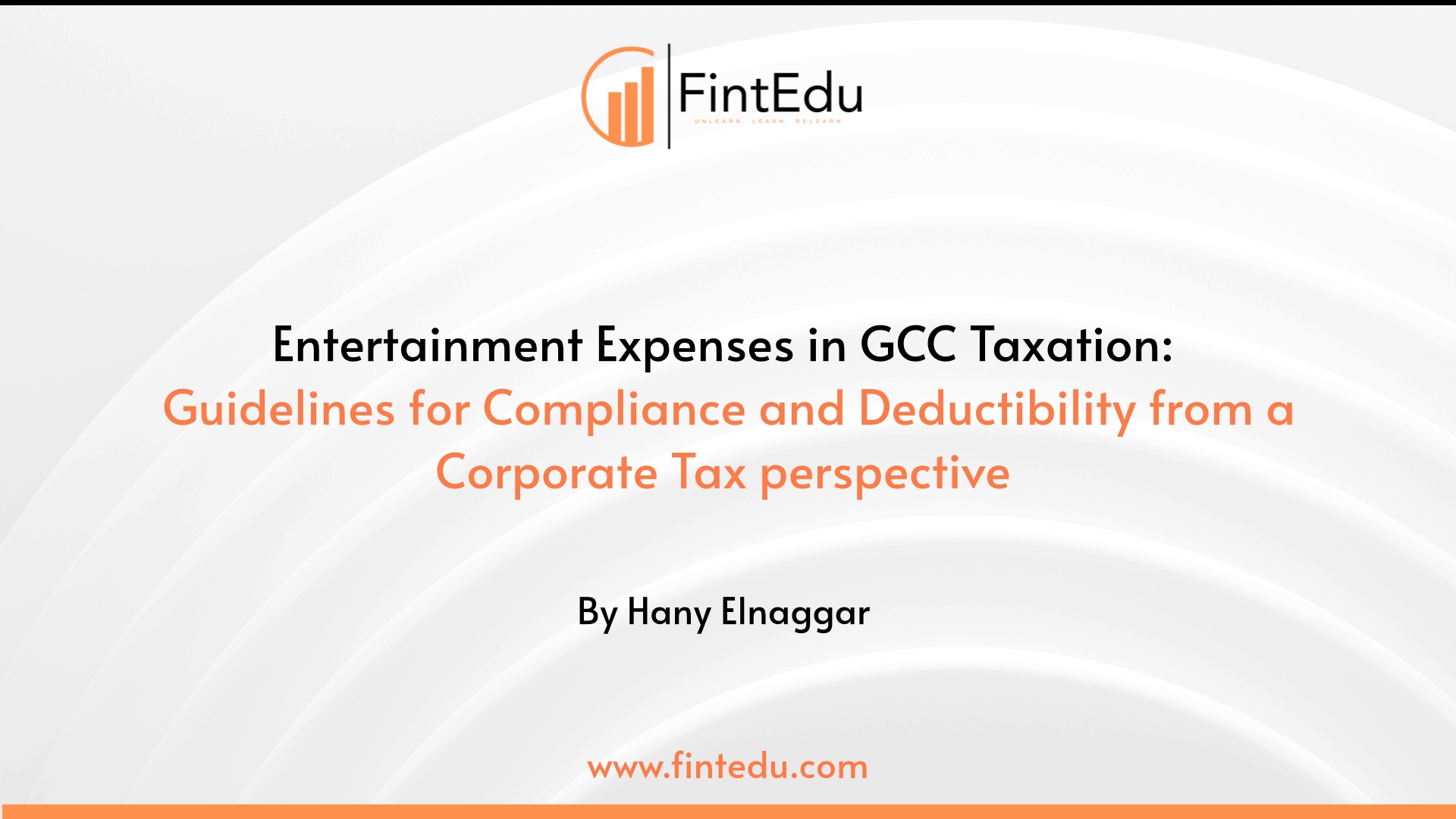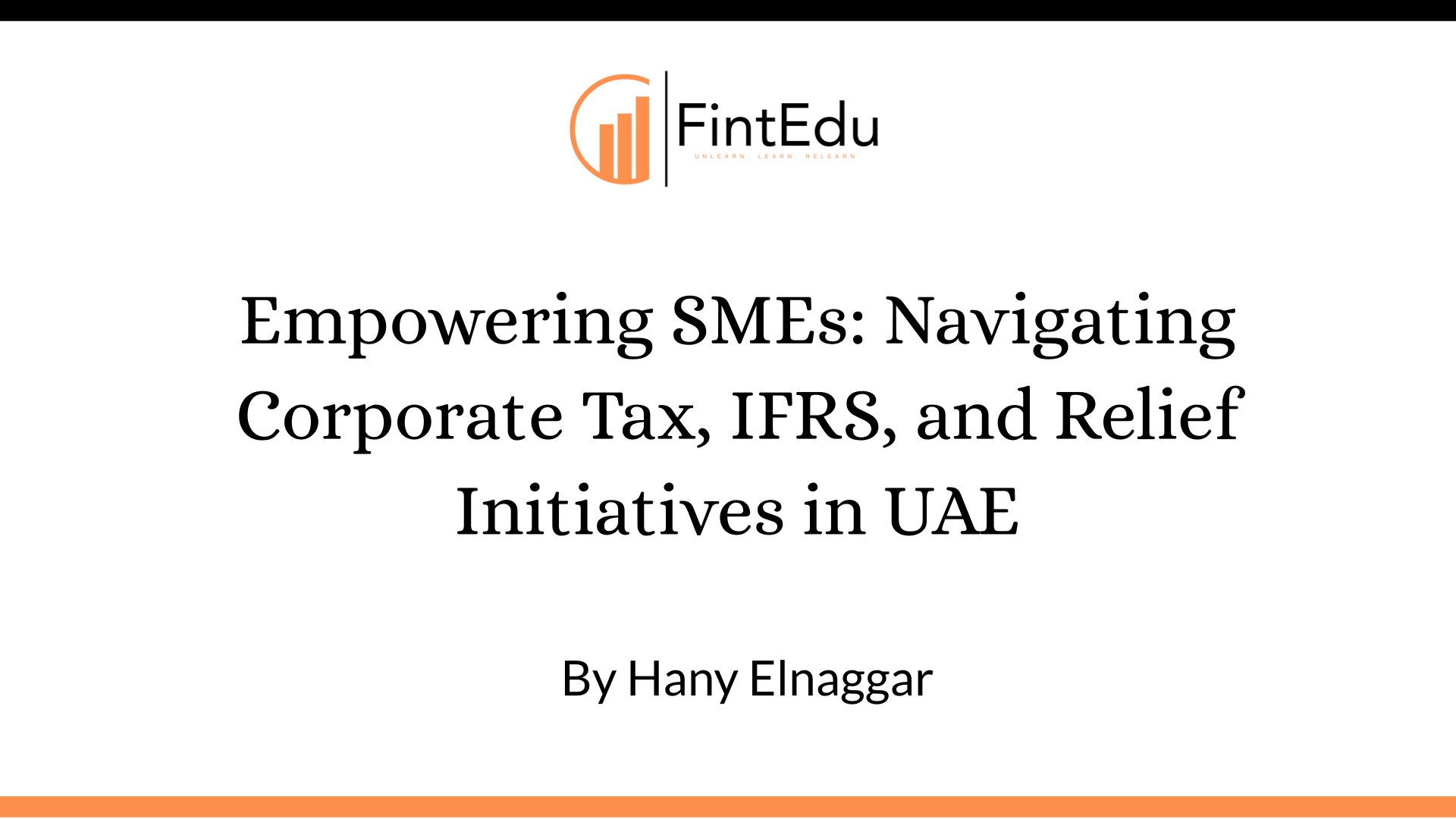LISTEN TO THIS ARTICLE
The UAE Ministry of Finance announced the various requirements that Small and Medium-sized Enterprises (SMEs) must adhere to get the relief from UAE CT based on Decision No 73 of 2023.
In particular, it states that the Dh3 million revenue threshold applies to tax periods starting on or after June 1, 2023, and continue to apply for tax periods that end before or on December 31, 2026.
In addition to other conditions including Tax Losses Relief, General Interest Deduction Limitation Rule introduced and need to be considered.
However, this relief to SMEs unavailable to Qualifying Free Zone Persons or members of Multinational Enterprises Groups (MNE Groups) exceeding AED 3.15 billion in consolidated group revenues.
But businesses seeking this relief need to brush up on General Anti-Avoidance Rules (GAAR) as well as article 6 from the same decision and be very careful on any re-structuring that can be interpreted by FTA later that it’s followed to get this relief.
Same decision no 73 0f 2023 highlighted (Artificial Separation of Business) concept which FTA can establishes that one or more persons have artificially separated their Business or Business Activity and this would be considered an arrangement to obtain a Corporate Tax advantage.
This decision is mainly designed to encourage startup businesses. However, it will be available only for short periods with some conditions.
SMEs who qualify for relief can plan and manage their CT by considering no-tax cost for tax periods covered under the decision - but they still need to plan for future periods.
Another relief for SMEs introduced by Ministerial Decision No. 114 of 2023 on the Accounting Standards and Methods for the Purposes of UAE CT where the person derives revenue that does not exceed AED 3,000,000 can prepare Financial Statements Using the Cash Basis of Accounting.
Same decision No. 114 of 2023 introduced another relief for a Taxable Person deriving Revenue that does not exceed AED 50,000,000 may apply International Financial Reporting Standards for small and medium-sized entities (“IFRS for SMEs”).
IFRS for SMEs emerges as a bespoke financial reporting framework designed to meet the unique needs of SMEs. Let's explore how these standard benefits small businesses:
1. Eligibility Criteria:
- SMEs without public accountability find a fitting accounting framework in IFRS for SMEs.
- Public accountability considerations revolve around involvement in public markets or fiduciary capacities.
2. Scope:
- Applicable to subsidiaries of listed companies if lacking public accountability.
- Local jurisdiction nuances impact acceptance.
3. Differences with Full IFRS:
- Retaining core principles, IFRS for SMEs simplifies elements irrelevant to smaller entities.
- Streamlined disclosures ease reporting burdens.
- Variances include treatment of business combinations, capitalization of interest, and simplified approaches to complex areas.
4. Differences Between US GAAP and IFRS for SMEs:
- Variances in inventory measurement, provisions, and equity instrument classification.
- PCC's alternatives to US GAAP for private companies introduce additional considerations.
5. Periodic Updates:
- Regular updates every three years align the framework with evolving accounting standards.
- The ongoing 2019 review adapts to changes in the financial reporting landscape.
6. SME Implementation Group (SMEIG):
- Addressing implementation queries, SMEIG offers non-mandatory guidance.
- Approved guidance integrates into IFRS for SMEs or serves as educational material.
Conclusion:
For SMEs, the journey through corporate tax complexities becomes clearer with the right tools. Leveraging the tailored IFRS for SMEs framework, embracing Small Business Relief initiatives, and understanding Decision No 114 empower SMEs to navigate financial landscapes effectively. These initiatives collectively embody a commitment to nurturing the growth and sustainability of small and medium-sized enterprises, fostering a resilient and thriving business ecosystem.
Businesses need to plan their revenue as well after expiring the relief period and make sure any decision will not trigger GAAR.
Disclaimer: Content posted is for informational and knowledge sharing purposes only, and is not intended to be a substitute for professional advice related to tax, finance or accounting. The view/interpretation of the publisher is based on the available Law, guidelines and information. Each reader should take due professional care before you act after reading the contents of that article/post. No warranty whatsoever is made that any of the articles are accurate and is not intended to provide, and should not be relied on for tax or accounting advice.
Contributor
Related Posts

@@PLUGINFILE@@/Withholding%20Tax%20%28WHT%29%20in%20the%20GCC%20A%20Summary%20Analysis%20and%2...
Read More
@@PLUGINFILE@@/Entertainment%20Expenses%20in%20GCC%20Taxation%20%20Guidelines%20for%20C...
Read More
@@PLUGINFILE@@/Navigating%20Real%20Estate%20Investment%20for%20Natural%20Persons%20Key%2...
Read More